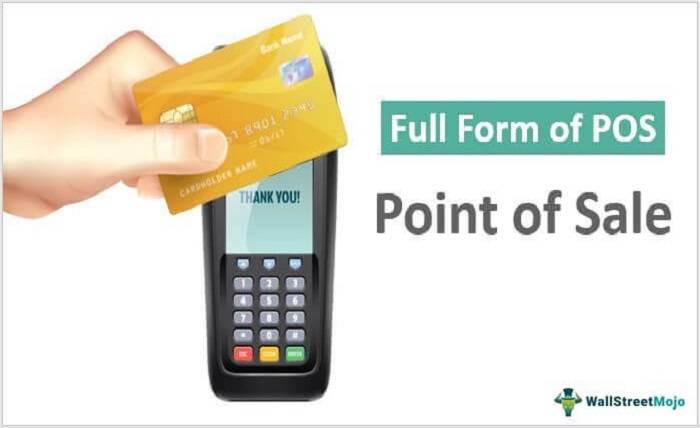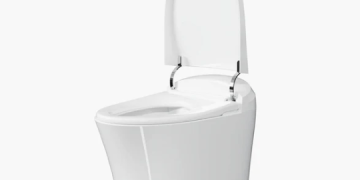What is POS? Point-of-sale (POS) terminals accept payment from customers by credit card. POS terminals are available in both hardware and software. Hardware is available in various forms, such as credit card terminals, cash registers, and kiosks. Software is provided to the merchant by merchant account providers. These providers offer merchant accounts to merchants and pair them with the payment tools necessary to process credit card transactions.
POS systems process transactions and keep records of customers. They can also record customer information and reward them for coming back to the store. Some systems even offer loyalty programs that reward repeat customers. For this reason, POS terminals are highly popular among vendors and end-users. The POS terminal allows both the merchant and the customer to process transactions. The POS terminals are also used to process receipts. POS terminals can also handle inventory management, receipts, and customer tipping.
The point of sale is the area in a store where a customer can interact with a merchant. The POS system is often referred to as location-based technology. The POS terminals process transactions at a customer’s location. Many restaurants and hotels use POS terminals so that customers can place orders and pay bills. The POS terminals are also used in department stores. One concept that has emerged from Amazon is Amazon Go, a convenience store concept that uses innovative technology to allow shoppers to grab items without going through the register. This concept could have a dramatic impact on payments and loyalty programs.
While traditional credit cards are still widely accepted, most customers prefer using debit cards, mobile wallets, and credit cards. Cash use continues to decline, and customers are more likely to trust contactless payment methods. Many POS terminals support tap-to-pay or contactless payments. These technologies have made it easier for merchants to accept payments in a faster and more secure manner. You can choose the form of payment that works best for your business by assessing the benefits of POS terminals for your specific needs.
Digital POS terminals can be connected to a digital payment platform, thereby simplifying and streamlining the process of accepting payments. They can provide value-added services and tailor-made solutions to meet your business needs. New-age POS solutions also help you integrate multiple payment methods with your existing backend systems, reducing errors and enhancing customer satisfaction. All of this is possible because of today’s advanced digital POS terminals.
In addition to supporting all forms of payment, mobile POS terminals can accept contactless and mobile payments. They are commonly referred to as mPOS and are growing rapidly. They can be installed in a wide variety of locations. Using them is an excellent way to improve customer satisfaction and boost sales. These terminals are ideal for modern retail outlets, large restaurants, government organizations, and other locations where customer experience is a top priority.
POS systems consist of both hardware and software to process various forms of digital payment. The hardware component of a POS system includes a card acceptance machine, and the software handles all the other forms of payment, processing, and peripheral value added services. The hardware component handles monetary transactions and helps track processes and goods. They can also store customer data and keep track of outstanding payments and invoicing. They’re indispensable tools for any business, and they can help you maximize your profits and boost your customer satisfaction.










